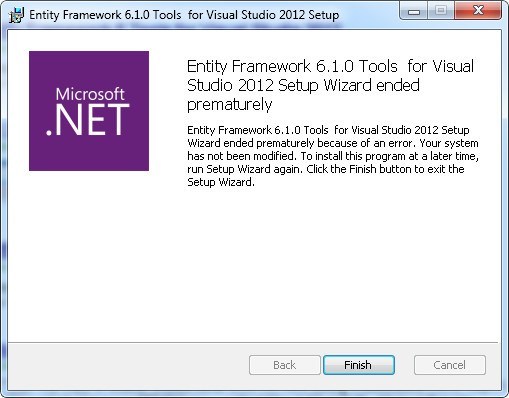

To continue with the analogy, compilers in most cases are employed indirectly, through a special build system. Thus, the command-line analyzer - just like a compiler (for example Visual C++ cl.exe compiler) - is not designed to be used directly by the end user. the file in which all of the include and define directives were expanded. Afterwards, the analyzer invokes a required preprocessor (also in accordance with the one that is used to compile the file being analyzed) and then analyzes the resulting temporary preprocessed file, i.e. The way command-line analyzer operates is quite similar to that of a compiler, that is, each file being analyzed is assigned to a separate analyzer instance that, in turn, is called with parameters which, in particular, include the original compilation arguments of the source file itself. PVS-Studio is composed of 2 basic components: the command-line analyzer (PVS-Studio.exe) and an IDE plugin through which the former is integrated into one of the supported development environments (Microsoft Visual Studio). The basic PVS-Studio's operation principles you should know

Incorrect path to the imported file causes an emergency shutdown of PVS-Studio_Cmd.exe.Cannot check a Unity project due to an error: The solution file has two projects named "UnityEngine.UI".'PVS-Studio is unable to continue due to IDE being busy' message under Windows 8.Insertion of incorrect precompiled headers during preprocessing Errors of the "Cannot open include file", "use the /MD switch for _AFXDLL builds" kinds on projects that could be successfully compiled in Visual Studio.I get the message "Files with C or C++ source code for analysis not found." when checking a group of projects or one C/C++ project.Not all the logical processors are being utilized


The basic PVS-Studio's operation principles you should know.


 0 kommentar(er)
0 kommentar(er)
